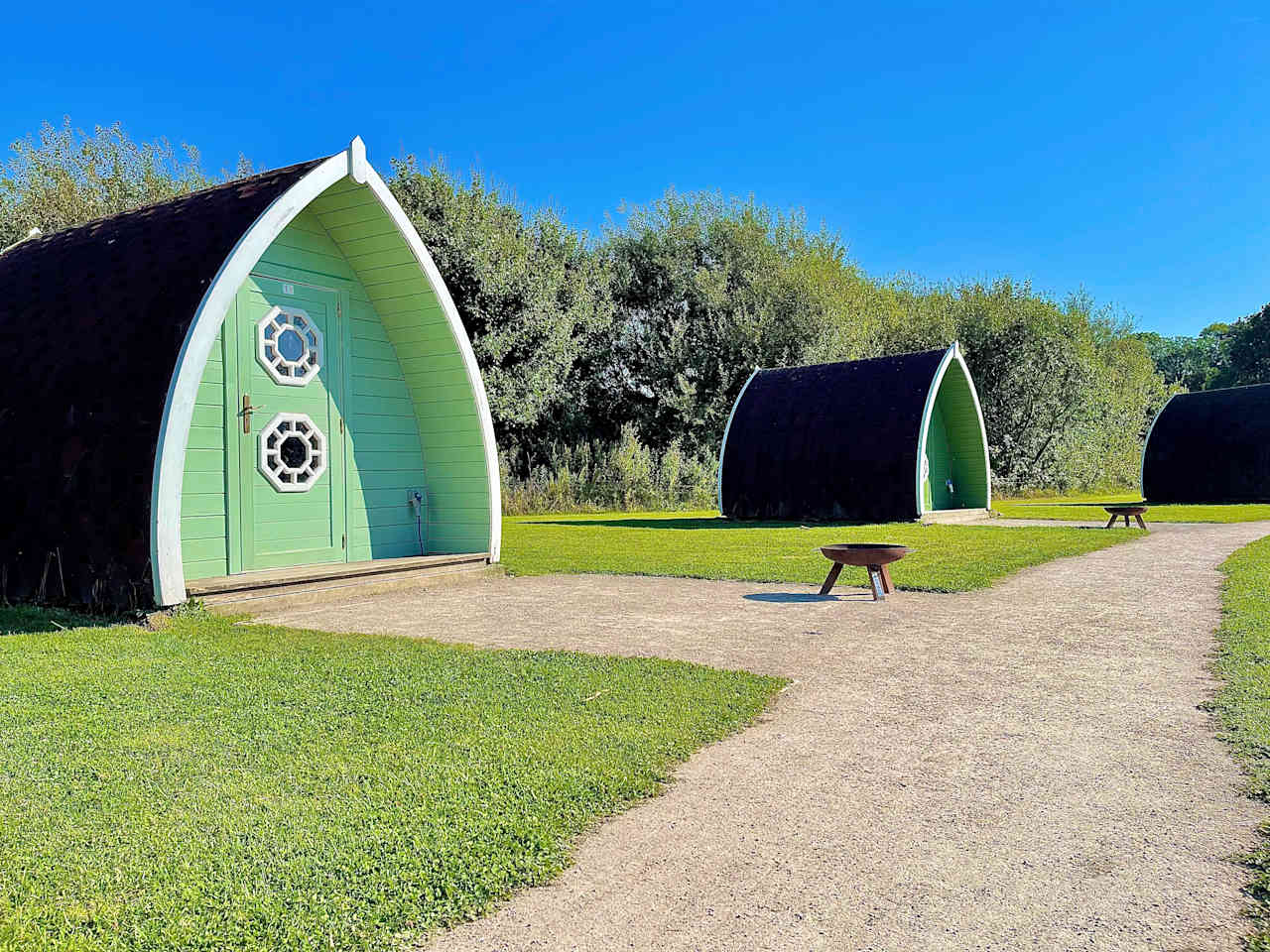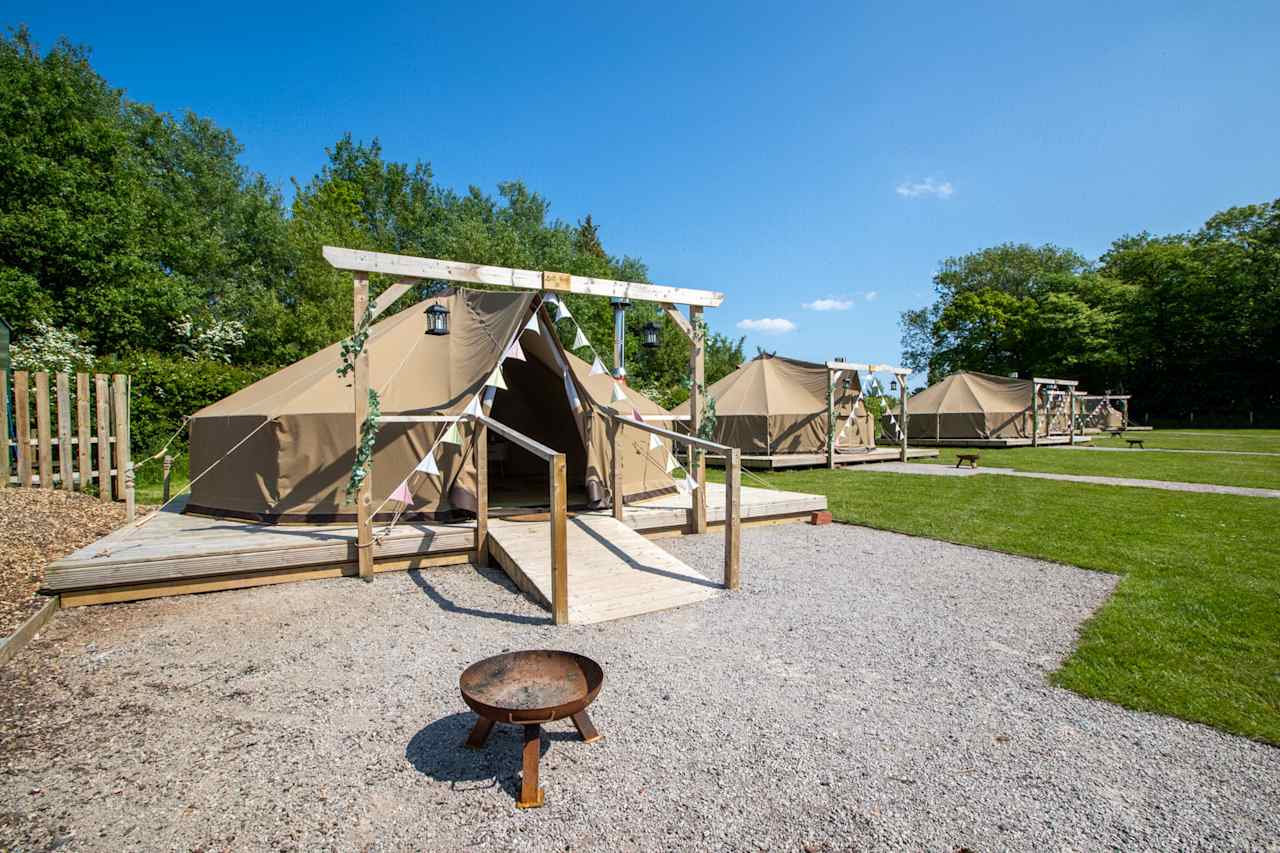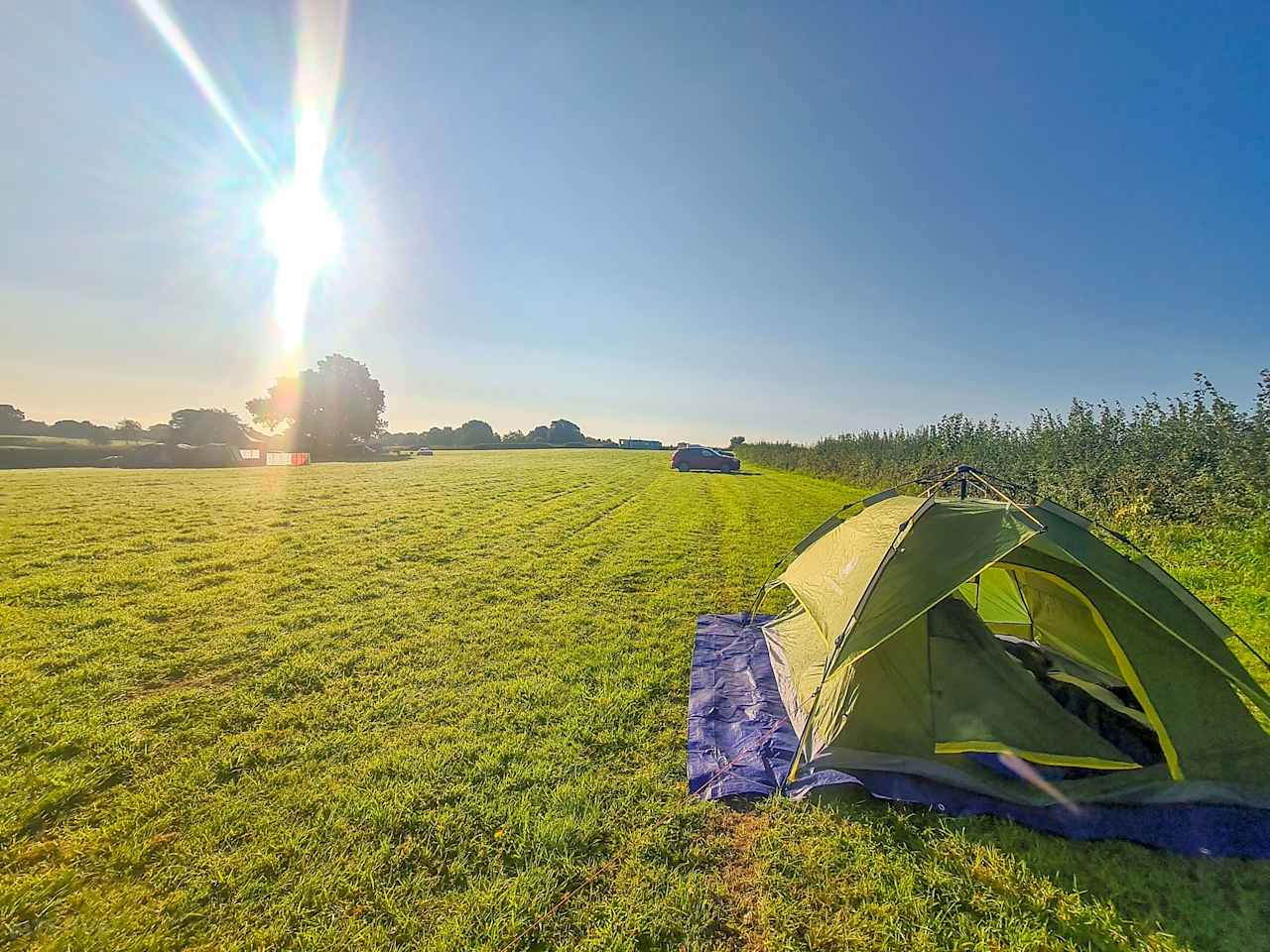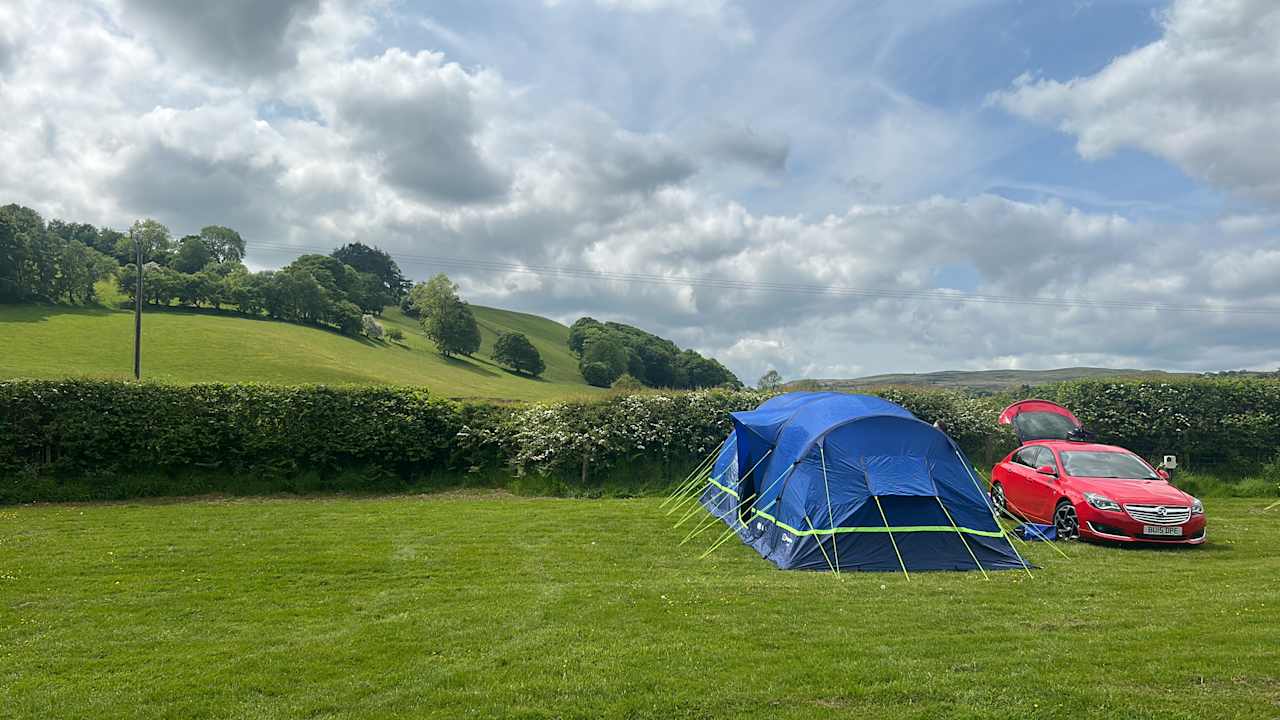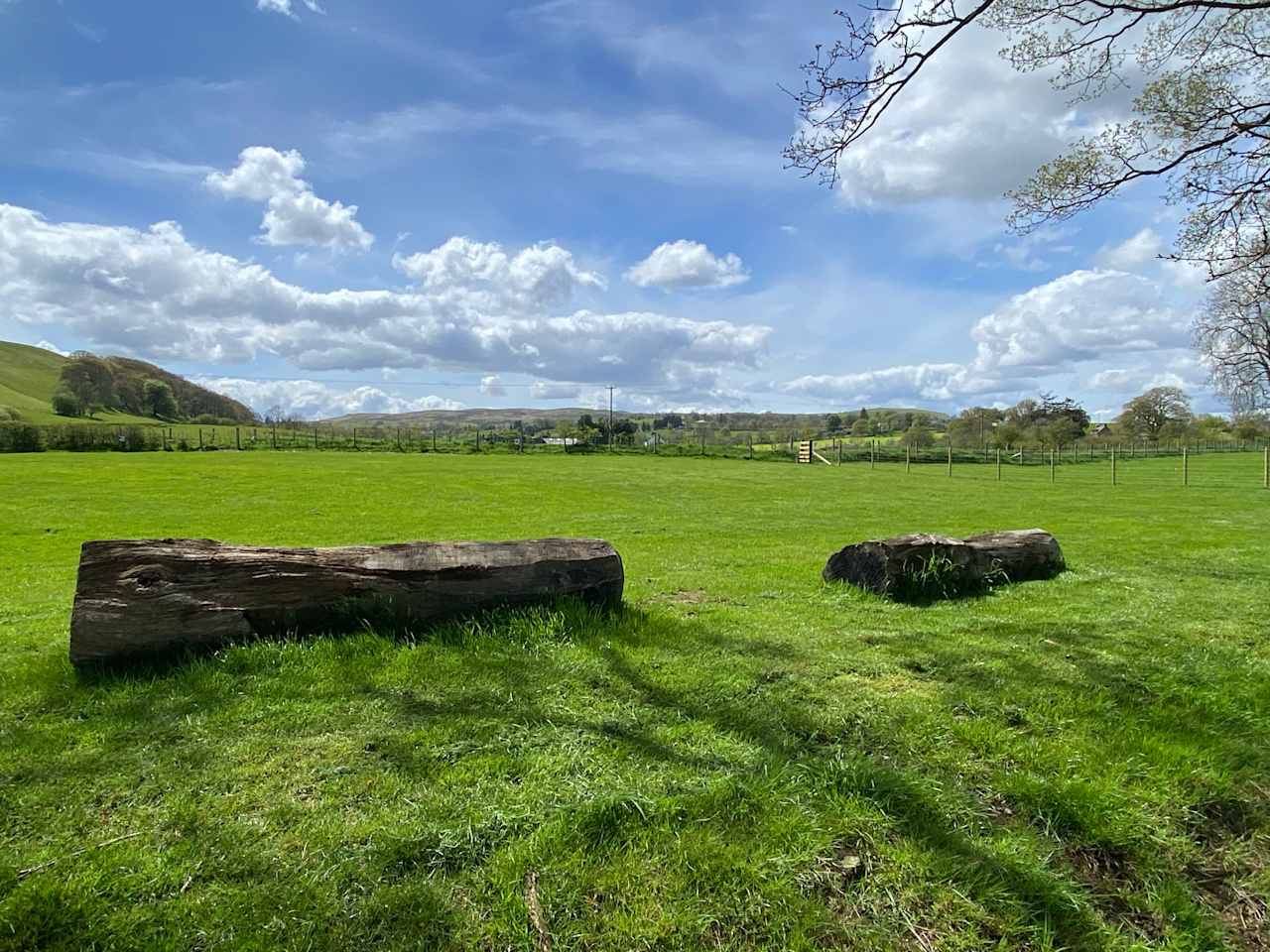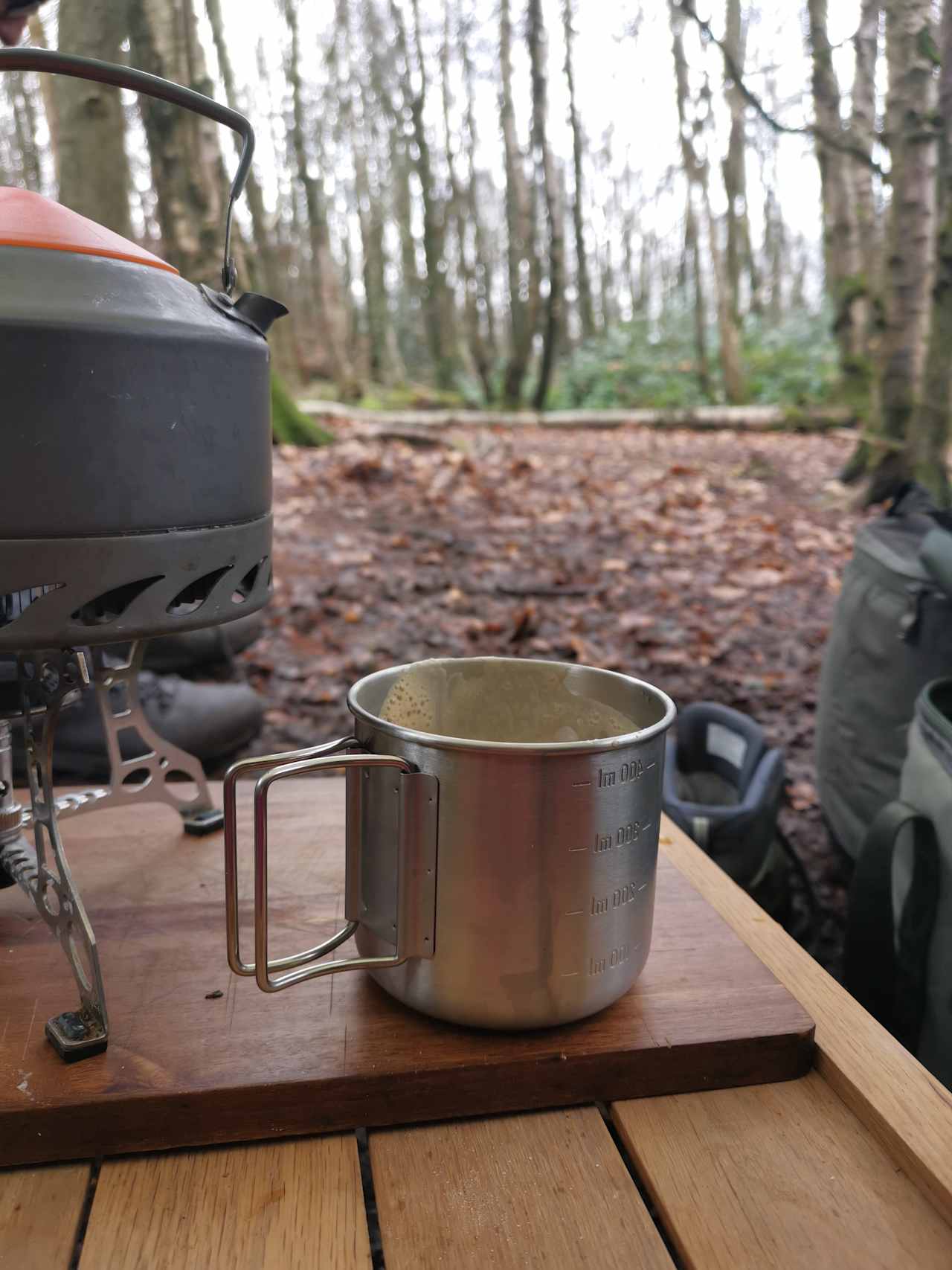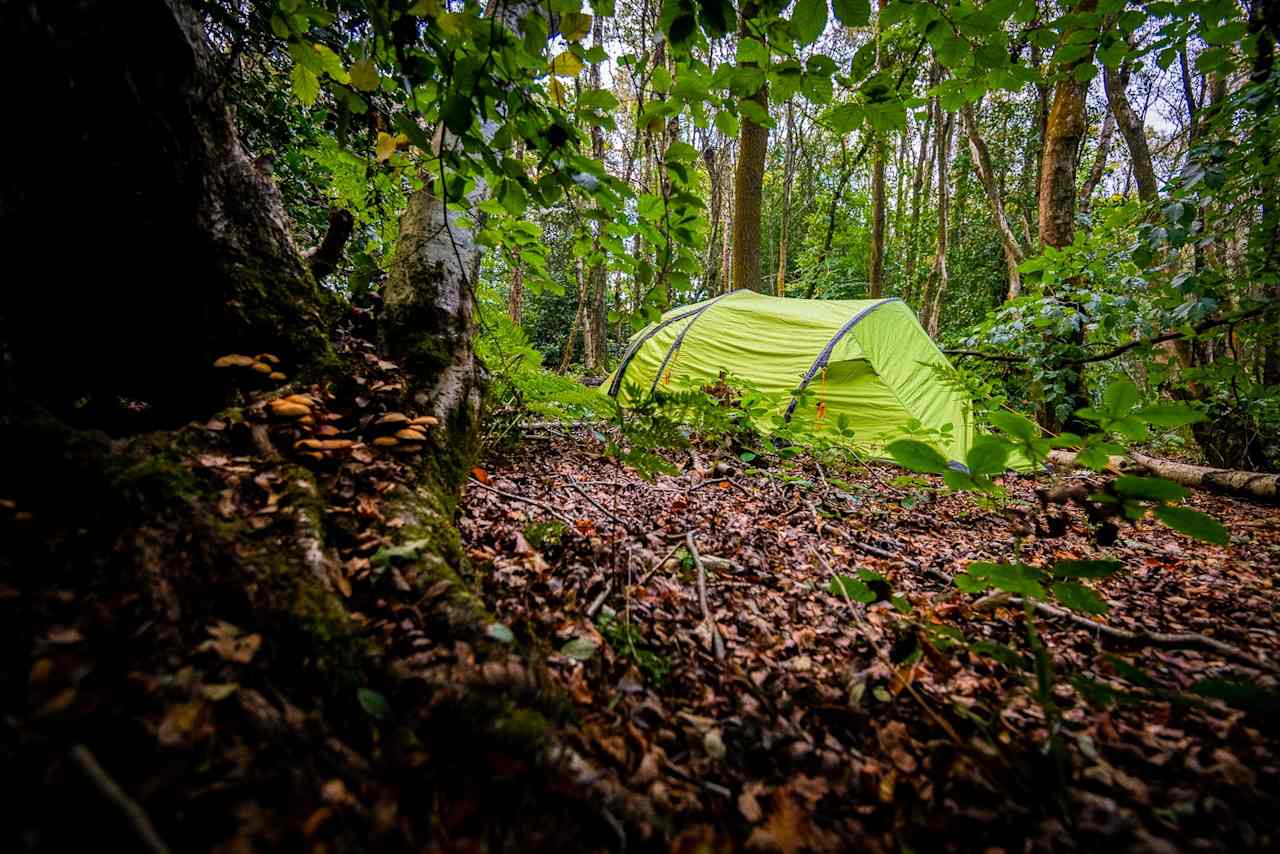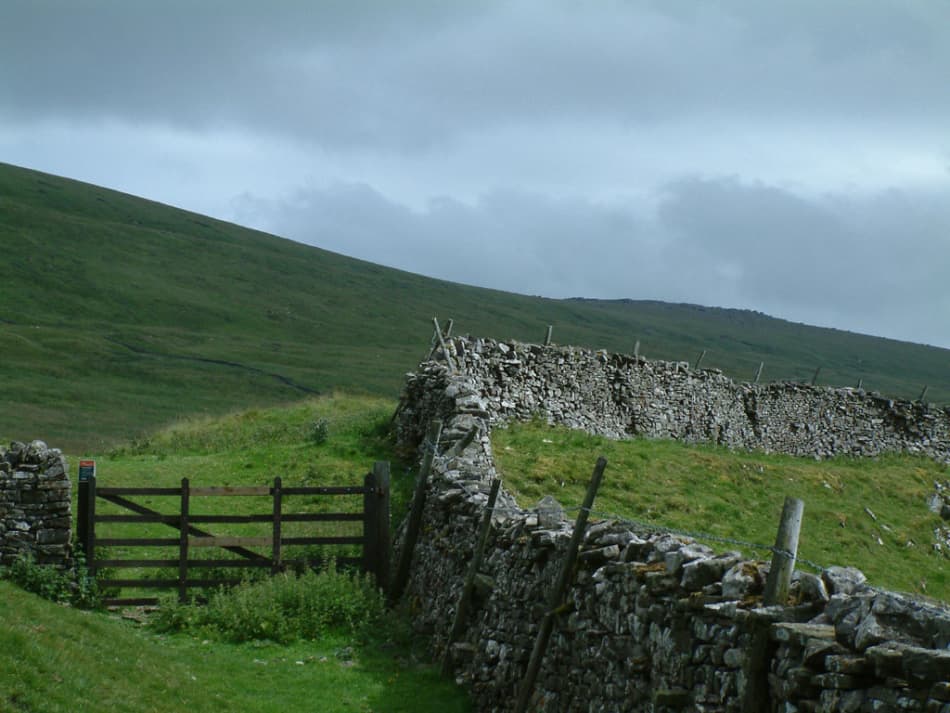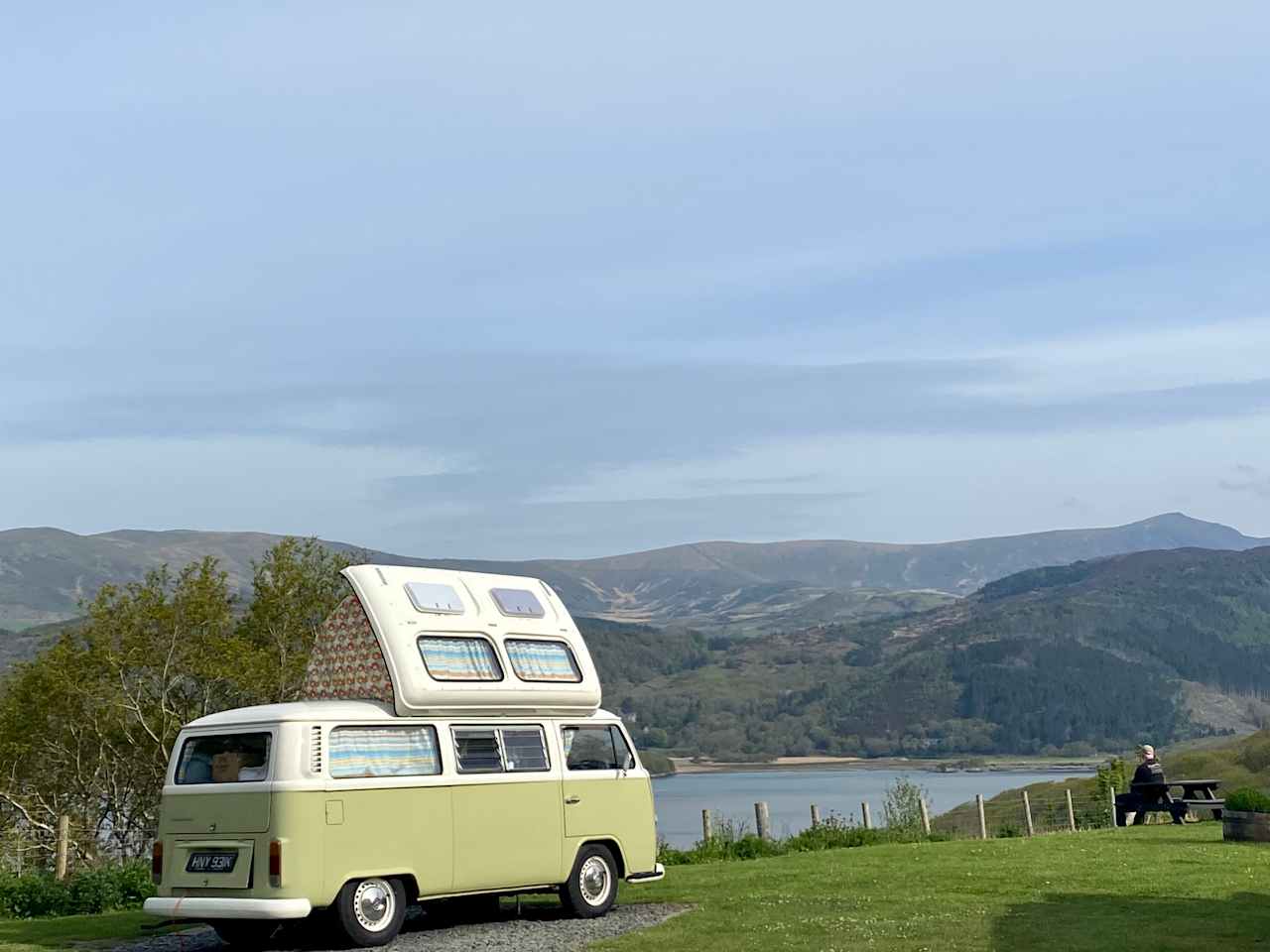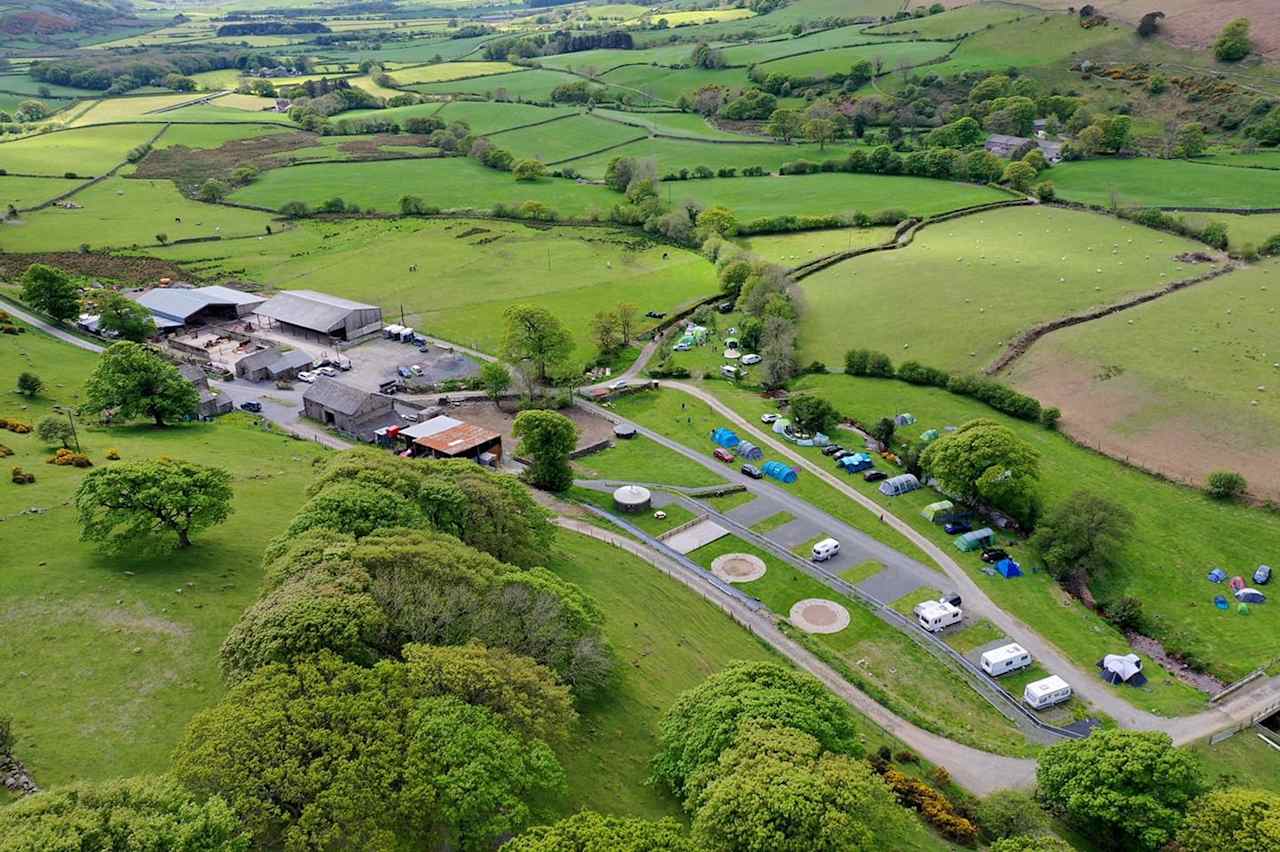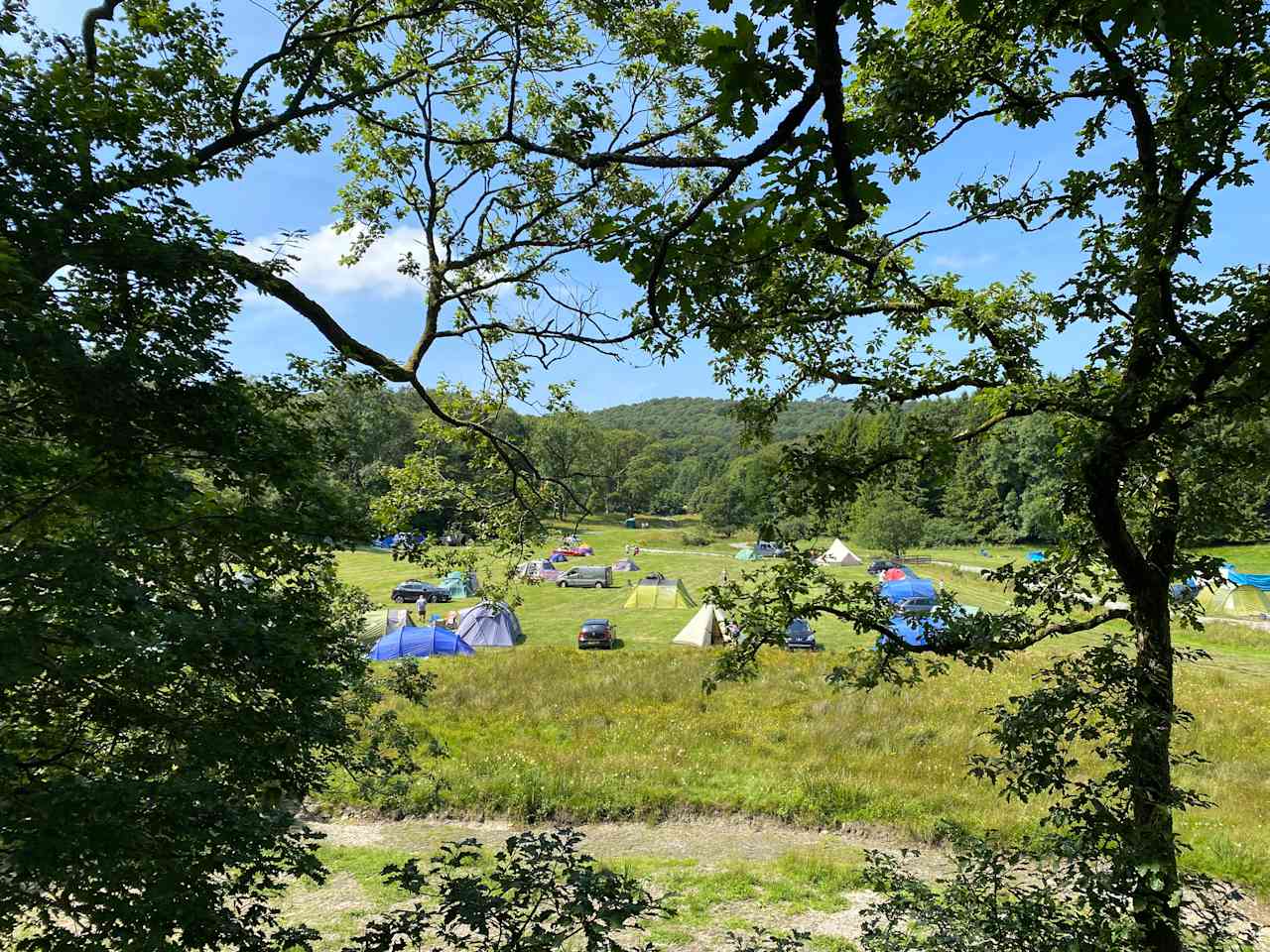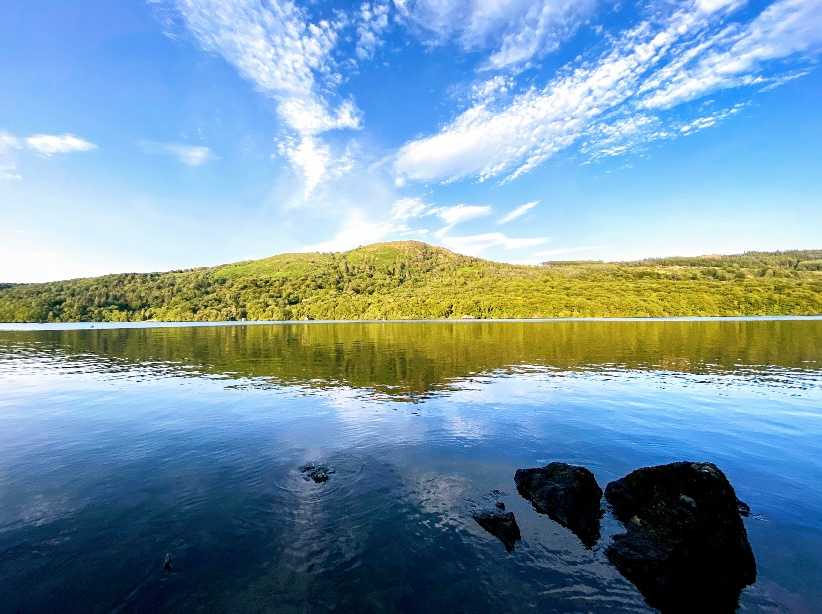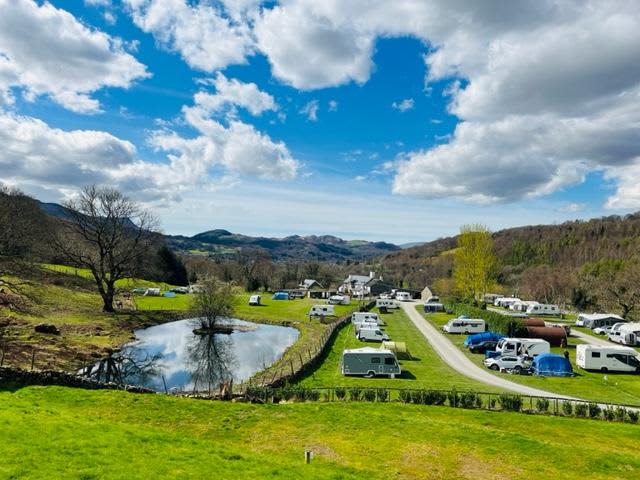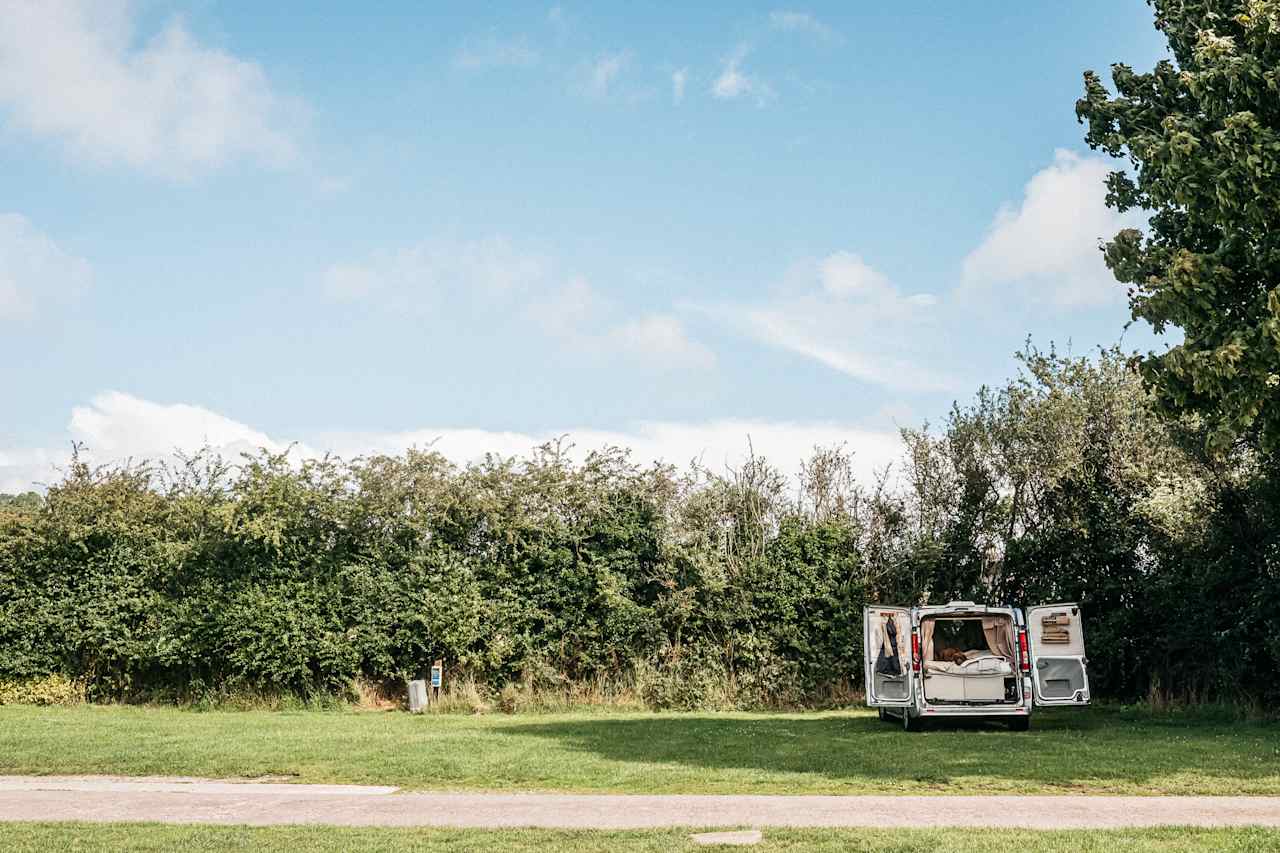- Llandudno
Popular camping styles for Llandudno
Available this weekend
Top camping destinations
Star Hosts in Llandudno
12 top campsites near Llandudno
Under £50
Dog-friendly getaways


Campsites near Llandudno guide
Overview
Llandudno has good old-fashioned seaside fun in spades: sandy beaches, a promenade, Wales’ longest pleasure pier, and a turn-of-the-20th-century cable-hauled tramway delivering visitors to the Great Orme headland above town. Beachside fun is the main attraction, but campers can also let off steam strolling about Great Orme and embarking on serious hikes from nearby Conwy, terminus of the tough Cambrian Way. Several camping and caravanning options flank the approach to Llandudno from the south.
Top things to do in Llandudno
The Llandudno Pier is the longest in Wales, so a stroll is almost obligatory on a visit. With amusements, ice cream sellers, and shops, as well as magnificent views, it’s a lovely way to spend an hour or two. The pier stretches out from Llandudno’s North Beach, a sand-and-shingle expanse backed by a promenade of Victorian buildings, where visitors stop for paddling, swimming, and sandcastle building.
At either end of the beach are the twin headlands of Great and Little Orme. Great Orme is home to Great Orme Country Park, a lovely place for a walk with stunning views out to sea from its 679-foot summit. If you don’t fancy the walk, a scenic cable car ride has been whisking visitors up to the top since 1969.
Where to go
Conwy Bay
Conwy Bay runs from the other side of Great Orme headland above Llandudno, curving southwest via historic castle-crowned Conwy and seaside resort Llanfairfechan, then northeast along the east coast of the Isle of Anglesey. Expect UNESCO-listed fortresses at Conwy and Beaumaris on Anglesey, vast sandy beaches such as at Penmaenmawr, and important bird reserves like Lavan Sands. The long-distance Wales Coast Path runs all along the coast, and several campsites dot the Penmaenmawr and Llanfairfechan coast.
North Wales Coast
A long band of sandy beach begins southeast of Llandudno, passing through the big resorts of Colwyn Bay and Rhyl en route to the Dee Estuary. Most campers come to sample the area’s seaside charms—an easily accessible sandy coast is connected via railway to Merseyside in England, while plentiful seaside diversions also exist, from promenades to fun fairs. Caravan and camping sites can be found everywhere, particularly around Colwyn Bay and Rhyl, while great long-distance trails, including the Wales Coast Path, pass through.
Northern Snowdonia
Besides those golden sands, Llandudno also provides outdoor lovers with enticing mountain scenery. The northern reaches of Snowdonia (Eyri) National Park await beyond Conwy, four miles south of Llandudno. Comprising all the stony uplands north of the Betws-y-Coed-Bethesda A5 road, Northern Snowdonia’s big feature is the Carneddau range, a series of peaks propped up by Wales’ largest extent of 2,500-foot ground—and a hillwalkers’ delight. Camp along the upland’s eastern flanks, south of Conwy, at national park gateways like Caerhun.
Southern Anglesey
Anglesey is Wales’ largest island, and its beguiling sandy coastline is a big attraction for beach lovers, swimmers, and walkers with a coast path looping the entire shore. The area is accessible by road bridge over the Menai Strait 21 miles southwest of Llandudno—from there, it’s a few miles’ drive southwest to the campsites clustered near Southern Anglesey’s beach and the wide, powdery, forest-backed sands of Traeth Llanddwyn.
When to go
If you’re a beach-lover, July is the warmest month, though seawater temperatures peak in late August and early September. The July and August school holiday season sees the biggest crowds, so avoid this period if you’re looking for serenity. The most dependable sunny weather falls between May and September, perfect for hiking. Llandudno’s Victorian Extravaganza is a fun time in May.

